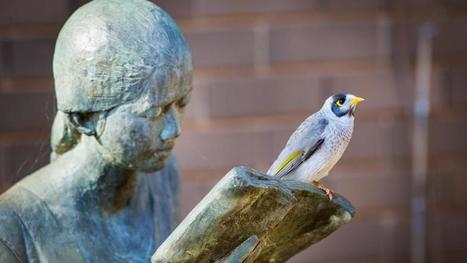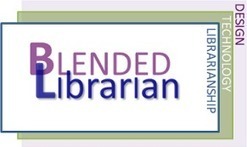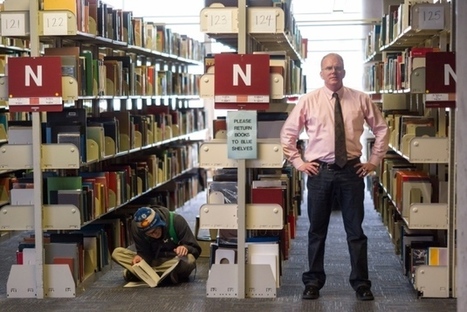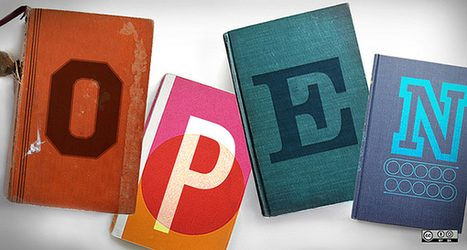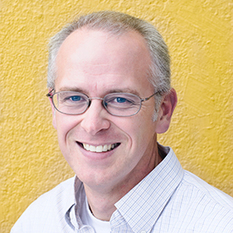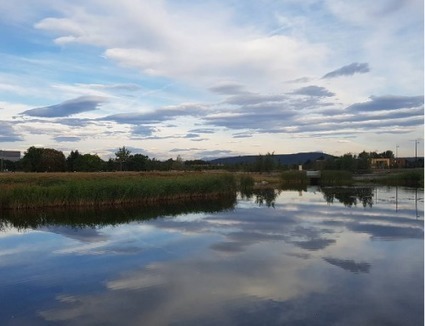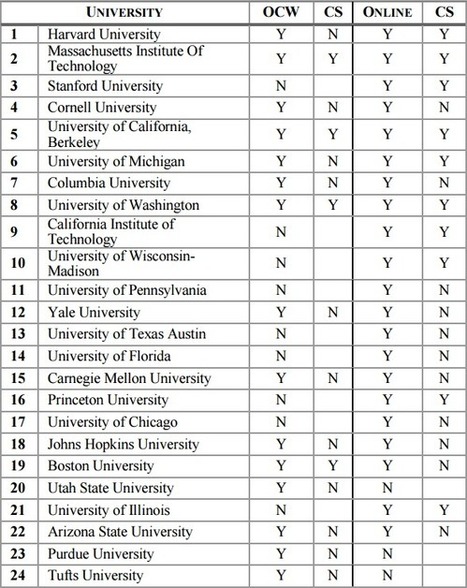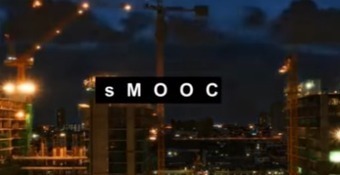 Your new post is loading...
 Your new post is loading...

|
Scooped by
Elizabeth E Charles
April 5, 2017 9:57 AM
|
Today marks the official launch of Unpaywall, a web browser extension that links users directly to free full-text versions of research articles. Heather Piwowar and Jason Priem of Impactstory, the team behind Unpaywall, report on the successful pre-release phase, and explain how two decades of investment, a slew of new tools, and a flurry of new government mandates have helped build a powerful momentum behind green open access.
Today we’re launching a new tool to help people read research literature, instead of getting stuck behind paywalls. It’s an extension for Chrome and Firefox that links you to free full-text as you browse research articles. Hit a paywall? No problem: click the green tab and read it free!

|
Rescooped by
Elizabeth E Charles
from Blended Librarianship
March 31, 2017 2:38 PM
|
"How can you use OERs in your classroom to improve your teaching? What does it mean to incorporate open pedagogy in your course? Here are some suggestions to make collaboration and sharing an integral part of your teaching."
Via John Shank

|
Scooped by
Elizabeth E Charles
March 29, 2017 2:37 PM
|
Open education has the focus of sustained research, teaching, and media over the last fifteen years; with 2017 recognised internationally as ‘The Year of Open’. The notions of widening participation in education, reducing costs to students and institutions, and improving the quality of teaching and learning are deeply embedded into open culture. In many ways, openness is simply an extension of academic values and existing culture – one additional approach to practice that can be used for specific contexts.

|
Scooped by
Elizabeth E Charles
March 25, 2017 9:54 AM
|
For the past year, the Open Access Button has been working to integrate our service with library catalogs and interlibrary loan systems — to surface accessible copies of articles directly through library discovery systems and fulfill interlibrary loan requests instantly when accessible copies are available in repositories. We’re excited about the possibilities that this integration creates to bring interlibrary loan closer into researchers’ workflows, improve the number of articles available to users, and accelerate the speed at which users can access research all while saving libraries time and money.
I had read about open pedagogy but was not all that familiar with what it actually meant. That changed with I attended Open Ed 16.
It exposed me to multiple examples of open pedagogy. Now, I would refer to it as the next frontier in open learning and open culture.
Creating your own music and or sound effects to use in videos or podcasts is one way to avoid violating someone's copyright rights. Another option is to look for music and sound effects that are either in the public domain or have been labeled with a Creative Commons license.

|
Scooped by
Elizabeth E Charles
January 24, 2017 3:43 PM
|
Librarian Jeffrey Beall won’t say why he has unpublished his widely read blog.

|
Scooped by
Elizabeth E Charles
January 23, 2017 4:16 PM
|
Having decided quite a while ago that I needed to set up a new blog, I didn’t have quite the right impetus to do it until now. My old one has been more about work-in-general, whereas this one should focus on work-in-progress, specifically in the open education space. My hope is to put digital pen to paper more often to discuss developing ideas. So this new blog is a new chapter in that sense for me, but the main point of this post is also to mark the publication of a literal new chapter, which I am excited to share at last. I will also take this opportunity to say a few thank yous and explain the approach taken.

|
Rescooped by
Elizabeth E Charles
from Education and Tech Tools
January 15, 2017 9:10 AM
|
Harvard University and MIT have released a report on what they've learned in the four years since the launch of massive online open courses in 2012..
Via Becky Roehrs

|
Rescooped by
Elizabeth E Charles
from Daily Magazine
December 17, 2016 7:24 AM
|
Hiding in plain sight This post lifts off from a piece I wrote in 2012 on Open Educational Practices. For me, the most complicated and difficult bit of that sentence is: 'I wrote' The citation for this paper puts my name at the front, but that hides a longer story. I wrote the words,…

|
Scooped by
Elizabeth E Charles
November 10, 2016 5:14 PM
|
One of the best things to come out of Open Access Week was the oaDOI tool by Impactstory.

|
Scooped by
Elizabeth E Charles
October 28, 2016 5:54 AM
|
The Composition
Ten UK partner libraries have selected and digitised books and other content for the Medical Heritage Library project. You can access all the digitised content from the Historical Texts portal.
It is important to recognise that these UK contributions represent only a selection of the texts available in special collections from these and other libraries. Many readers will therefore be interested in understanding the differing and highly characteristic selections made by these libraries from their considerable collections.
|

|
Scooped by
Elizabeth E Charles
April 4, 2017 12:40 PM
|
I feel like words should mean something. Especially the word “open.” Specifically, I’m deeply concerned about the way many have begun using “open” in the c

|
Scooped by
Elizabeth E Charles
March 31, 2017 2:34 PM
|
MOOCs are a recent and widely researched development in distance education which were first introduced in 2006 and emerged as a popular mode of learning in 2012
Here We Give you The Best Websites providing Mooc And Self Learning :

|
Scooped by
Elizabeth E Charles
March 29, 2017 2:32 PM
|
Widespread acceptance of open access has progressed more slowly than many advocates had hoped. One such advocate, Dr. Peter Suber, explains the barriers and misconceptions, and offers some strategic and practical advice. From its inception, the open access or OA publishing model has had two main driving forces. One is practical—a response to the ubiquitous, […]

|
Rescooped by
Elizabeth E Charles
from Box of delight
February 16, 2017 6:22 PM
|
Imagine the scene: you uncover a painting stored away in the closet of an elderly relative’s home, coated in a blanket of dust so thick you can hardly make out anything but more dust underneath. You slide it out, begin to carefully brush it off, and find two piercing eyes peering out at you. You brush away more dust, you are covered in it, and the image slowly reveals itself: a stunning oil painting of a young woman in a blue headdress and gold tunic, her red lips parted slightly in an enigmatic, over the shoulder glance.

|
Scooped by
Elizabeth E Charles
February 9, 2017 9:27 AM
|
Here are the slides from today’s presentation at OpenTEL at The Open University (UK). This presentation is a quick introduction to the work of our group and our current projects.
The New York Public Library just released a treasure trove of digitized public domain images, everything from epic poetry from the 11th century to photographs of used car lots in Columbus, Ohio from the 1930s. Over 180,000 manuscripts, maps, photographs, sheet music, lithographs, postcards, and other images were released online Wednesday in incredibly high resolution, and are available to download using the library's user-friendly visualization tool. It's a nostalgist's dream come true.
E-learning encompasses not only technology but also pedagogical and instructional strategies to configure a complete learning environment based on the Internet. E-learning is nowadays widely used in higher education as a mean for supporting learning on academic programs. Concurrently, the Open Educational Resources (OER) are becoming a valuable alternative to improve access to high-quality educational content released under open licenses by outstanding universities worldwide. The conjunction of both concepts can configure a strategy to improve the quality of the curricula in the higher education institutions, particularly in development countries, in order to equalize the learning outcomes of international academic programs and to reduce the cost associated with educational content development. This work aims to achieve a preliminary understanding of the potential of the OER availability to be used in E-learning environments. As a case study, we have conducted an exploration of the feasibility of using OER to supplement E-learning environments for Higher Education in Computer Science at Ecuador. The search of the OER suitable to be used for this purpose has been performed on all categories of OER websites, including Open Courseware projects of prestigious universities. Moreover, this paper highlights the main barriers as well as the opportunities derived from adopting OER in E-learning environments.
One of the best things to come out of Open Access Week was the oaDOI tool by Impactstory.
If you are unfamiliar with the DOI (Digital Object Identifier) system, it provides a unique identifier for published works, one that operates as a persistent link to those works. Using this identifier, researchers can search for the work in question using just the DOI by adding “doi.org/” to the front of it.
Five hundred years of the vulgar tongue
‘Quite simply the best historical dictionary of English slang there is, ever has been […] or is ever likely to be’ — Journal of English Language and Linguistics
#101creativeideas is an Open Education Resource project to gather and share novel ideas around learning and teaching that foster and nurture imagination, curiosity and creativity in higher education. These ideas are from practitioners for practitioners as sharing can help us all grow as individuals and as a collective.
The first MOOCs emerged from the open educational resources (OER) movement. The term MOOC was coined in 2008 by Dave Cormier of the University of Prince Edward Island in response to a course called Connectivism and Connective Knowledge. Stephen Downes considers these so-called cMOOCs to be more “creative and dynamic” than the current xMOOCs.

|
Scooped by
Elizabeth E Charles
November 6, 2016 9:16 AM
|
This week in Richmond, VA open education enthusiasts have gathered for three days to share their ideas and experiences for advancing open education and promoting affordable learning content.
The sense among attendees is that at the Thirteenth Annual Open Education Conference the message is shifting from defining what “open” is and the virtues of openness in education to a focus on the practice of open pedagogy and what it means to engage students not only in learning but the creation of open learning content.
|

 Your new post is loading...
Your new post is loading...
 Your new post is loading...
Your new post is loading...









